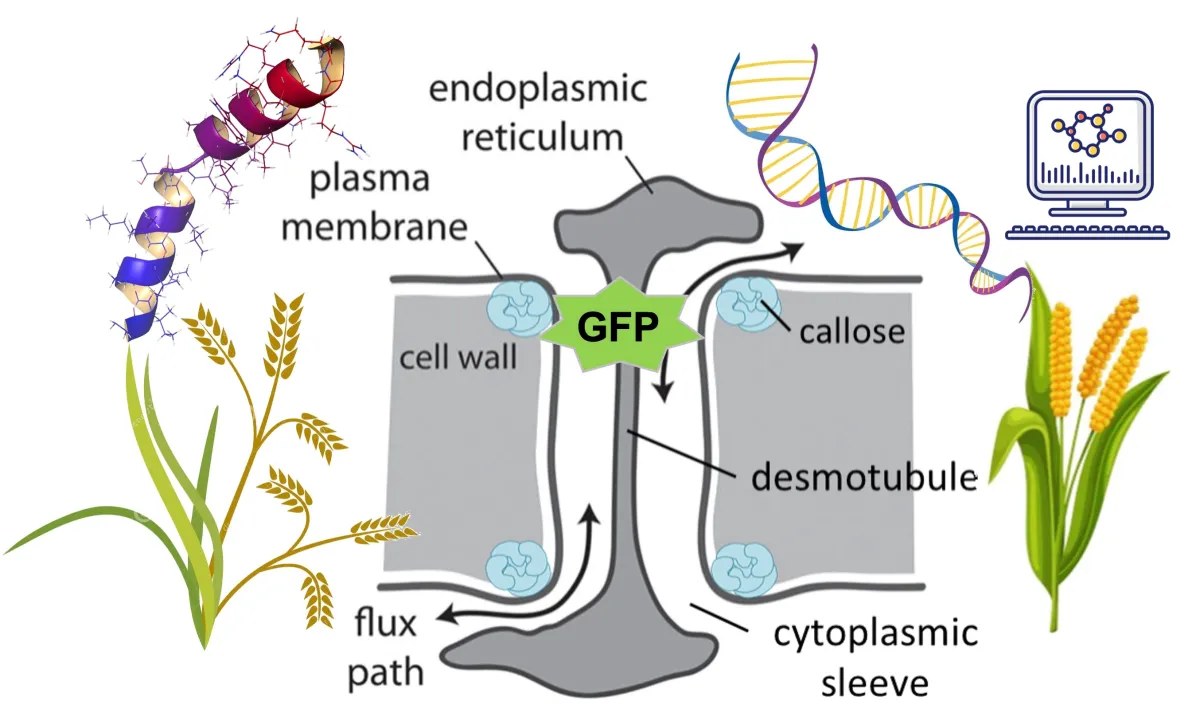Mapping the genetic mechanism of plasmodesmata formation and regulation to improve crops
A combined bioimaging analysis and complementary multi-'omics approach to map the genetic mechanism underlying plasmodesmata formation and regulation using fluorescent protein tagged-plasmodesmata lines of C3 and C4 crops.
Project status
Content navigation
About

Plasmodesmata are nano-channels in plants that facilitate transport of macromolecule between cells. Their functional roles span short and long-distance transport, circadian signal transport, lateral gene transfer, stress signalling, immunity and photosynthesis. Despite their importance in plant growth and development, little is known about the genes involved in their formation and regulation. This project involves bioimaging analysis (i.e., confocal microscopy, electron microscopy) of fluorescent protein tagged-plasmodesmata lines and complementary multi-‘omics approach (transcriptomics, proteomics and bioinformatics) to map the genetic mechanism of plasmodesmata formation and regulation using C3 and C4 model crops.
(Image adapted from Maule et al. 2012 Frontiers in Plant Science.)


